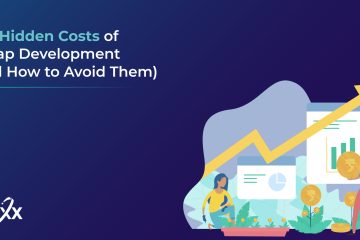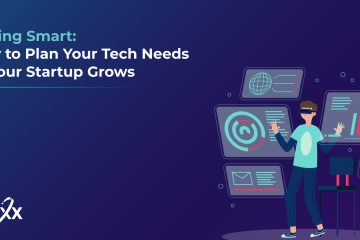A Simple Guide to Porting Apps from iOS to Android

Learn how to overcome the difficulty of porting apps from IOS to Android with this handy guide.
Do you have an awesome iOS app for your business?
Maybe you’re in the planning phases of putting together an app to connect your services to your customers.
Though trends might lead you to believe that Apple has a stranglehold on the market, you may be surprised to discover that Android devices make up over 80% of the mobile device market.
Don’t miss out on such a large number of users! Here’s a quick guide on porting iOS apps to Android devices.
What is Porting?
Porting is the process of adapting all programming elements from software that was designed for one operating system or platform to run on a different one.
It’s a process common to computer software (porting from Windows to Mac OS, for example) as well as mobile device applications.
Applications that can be ported easily provide an advantage to developers wishing to bring their product to a different platform. Rewriting applications from scratch can be more costly than porting.
Why Bother Porting Apps from iOS to Android?
As mentioned above, 80% of mobile users have devices that are on the Android platform. Therefore, porting apps to the platform could provide you with an immediate influx of customers to ramp up your marketing.
Additionally, apps on the Android market are highly customizable when compared to apps on the Apple store.
In the Android version of your app, you may be able to solve issues or add features not available in the iOS version.
Android App Design
When porting apps from iOS to Android, it’s important to note some graphic differences in Android app design.
For example, buttons on iOS apps are round whereas Android app buttons are squared.
Other varying design features include lists and tabs, navigation menus and functionality, and the widgets integrated into the platform.
As you dive into porting apps to Android for your business, make sure to make the necessary graphics changes in your design tool of choice.
Different Versions of Android’s System
Along with design feature differences, Android’s platform presents another challenge: system fragmentation.
Android is used on devices of varying screen resolution. Therefore, there are numerous Android system versions for compatibility purposes.
Before porting, do market research into your business niche to find what devices your target Android users are on.
In initial planning, be sure to at least include the KitKat and Lollipop Android versions, which run on 69% of Android compatible devices.
A Checklist to Get You Started
To implement these Android related changes to your iOS app, here’s a simple step-by-step checklist for porting:
1. Analyze your current iOS app’s design
2. Put together a plan to adapt the app to the Android platform
3. Note any necessary changes to make the app function properly
4. Test the user experience of your current app
5. Consider the business logic of the iOS app
6. Make coding changes
7. Test the app
8. Release to the Android marketplace
Open Up to the Android World!
Now that you know why you should port your mobile app from iOS to Android and have the steps to get started, you’re on your way to reaching more of your target audience?
Have any lingering questions? Not sure if porting is right for your company’s app? Let us know and we’ll be happy to guide you in the process!


